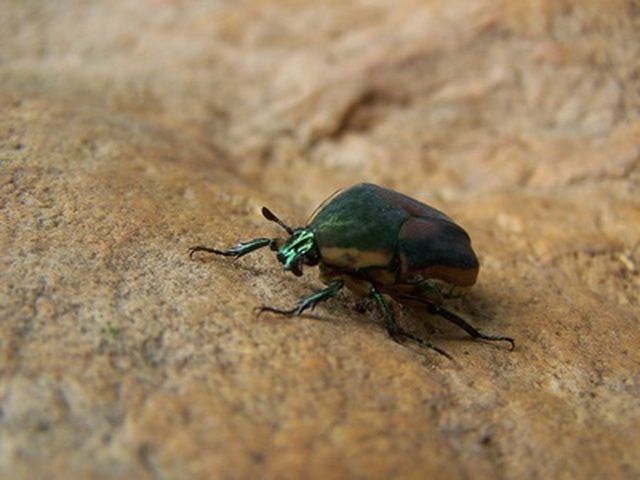Bulbs
Flower Basics
Flower Beds & Specialty Gardens
Flower Garden
Garden Furniture
Garden Gnomes
Garden Seeds
Garden Sheds
Garden Statues
Garden Tools & Supplies
Gardening Basics
Green & Organic
Groundcovers & Vines
Growing Annuals
Growing Basil
Growing Beans
Growing Berries
Growing Blueberries
Growing Cactus
Growing Corn
Growing Cotton
Growing Edibles
Growing Flowers
Growing Garlic
Growing Grapes
Growing Grass
Growing Herbs
Growing Jasmine
Growing Mint
Growing Mushrooms
Orchids
Growing Peanuts
Growing Perennials
Growing Plants
Growing Rosemary
Growing Roses
Growing Strawberries
Growing Sunflowers
Growing Thyme
Growing Tomatoes
Growing Tulips
Growing Vegetables
Herb Basics
Herb Garden
Indoor Growing
Landscaping Basics
Landscaping Patios
Landscaping Plants
Landscaping Shrubs
Landscaping Trees
Landscaping Walks & Pathways
Lawn Basics
Lawn Maintenance
Lawn Mowers
Lawn Ornaments
Lawn Planting
Lawn Tools
Outdoor Growing
Overall Landscape Planning
Pests, Weeds & Problems
Plant Basics
Rock Garden
Rose Garden
Shrubs
Soil
Specialty Gardens
Trees
Vegetable Garden
Yard Maintenance
What Is a White Grub?
What Is a White Grub?. White grubs are the larval stage of various types of beetles. They are found in turf lawns and can cause damage to the lawn by feeding on the root system. It is important to understand the life cycle of white grubs so that the appropriate treatment can be applied to manage white grubs.

White grubs are the larval stage of various types of beetles. They are found in turf lawns and can cause damage to the lawn by feeding on the root system. It is important to understand the life cycle of white grubs so that the appropriate treatment can be applied to manage white grubs.
Features
White grubs are the larval stage of beetles such as the Japanese beetle, Oriental beetle, masked chafer beetle and European chafer beetle. They are 1/4 to 1/2 inch in length. They have a thick, C-shaped body with short legs and are a creamy white color with a brown head.
Function
Beetles lay eggs in the warm, moist soil of turf lawns during the summer. The eggs mature and hatch as grubs. The grubs consume the roots of the lawn and grow until they emerge as adult beetles. The grub life cycle takes one year.
Life Cycle
In late June, adult beetles emerge from the ground to find food and mate. Over a period of two weeks, the female will lay up to 60 eggs in the soil. These eggs hatch in about two weeks. The grubs stay in the soil while they mature and feed on the roots of the grass. They are close to the surface while they are actively feeding so this is the best time to apply grub control treatments. In late fall, when the weather starts to turn cold, the grubs will descend deep into the soil where they will hibernate over the winter. In late spring the grubs will move back up toward the surface where they will turn into pupae. They will remain as pupae until late June when they will emerge as adult beetles. The life cycle is then complete.
Considerations
The U.S. Department of Agriculture states that grubs cause an estimated $234 million in damages to turf lawns every year. As they feed on the roots, they destroy the lawn. The damage appears as irregular, brown spots on the lawn. The damage usually appears in early fall when it is too late to save the dead grass. The grubs need to be destroyed before new grass is planted. In addition to feeding on the roots, grubs attract other unwanted pests. Rodents such as mice, moles and squirrels feed on grubs. They can damage the lawn by digging in the soil to locate the grubs.
Solution
The best time to destroy the grubs is in late July and early August when the grubs are small and are feeding close to the surface. Chemical applications such as imidacloprid and halofenozide are effective in controlling grubs. Biological treatments are also very effective. Milky spore disease is a bacterium that is applied to the lawn. The grubs ingest this bacterium, then die and decompose that produces more spores of the bacterium. Parasitic nematodes are small worms that can help control grubs. These parasitic worms travel through the soil and release a bacterium that is harmful to grubs.